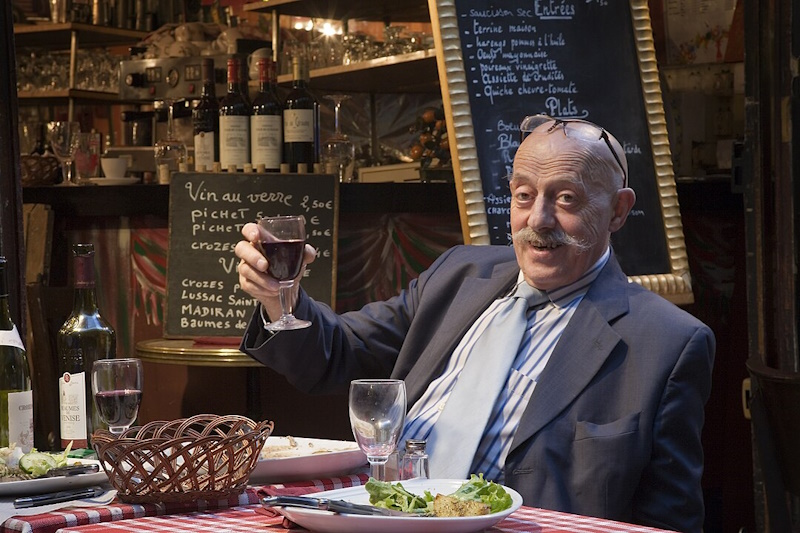10 True Facts About Wine Drinking in France
Wine in France is less about ceremony than most travelers expect. It’s woven into daily life in ways that can surprise you. Sit down at a café at 2pm with a glass of red, and no one bats an eye.
But scratch beneath the surface, and you’ll find rules, habits, and quirks that make French wine culture very different from what you may know at home.
Lunch Wine Isn’t About Buzz
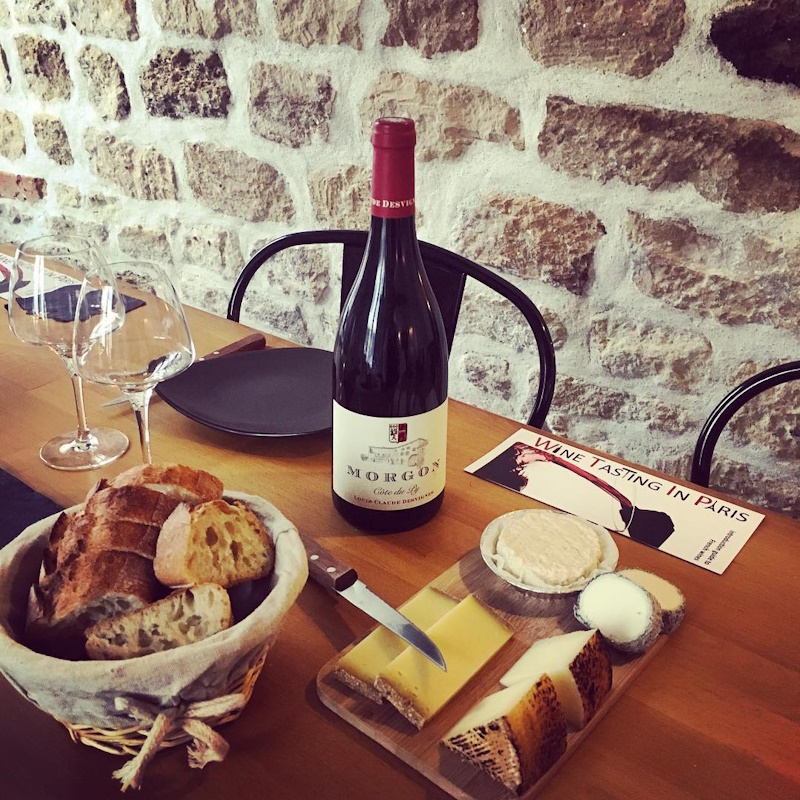
A glass at midday isn’t seen as indulgent. It’s about pairing the flavors on the plate with something that brings them alive. That’s why the portions are modest, often just enough to accompany the meal without leaving you drowsy.
Workers may order a single glass or share a small carafe, then head back to the office as usual.
House Wine Is Often Better Than Known Labels
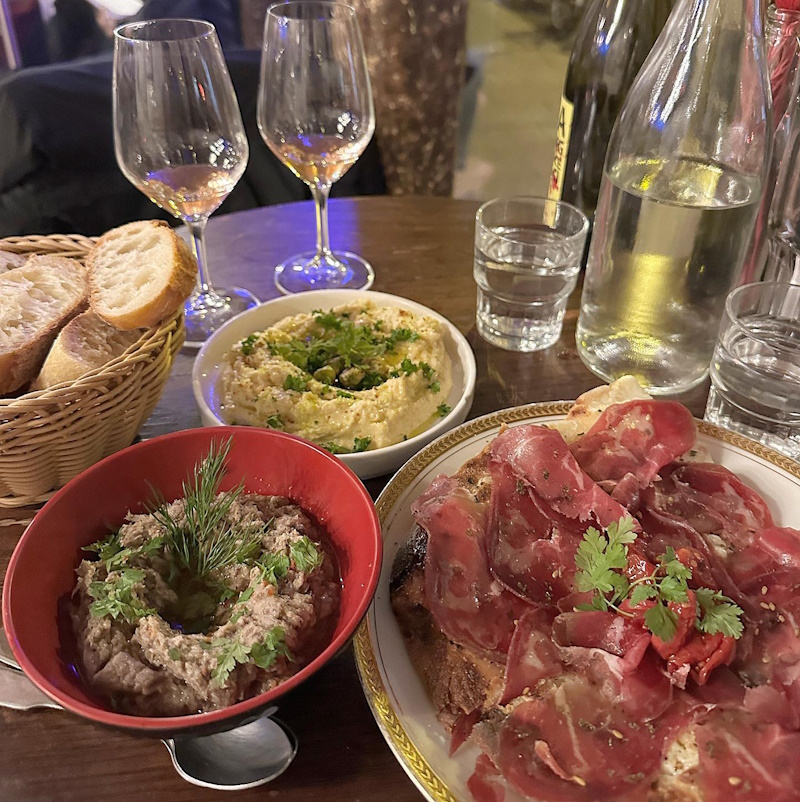
Ask for the vin de la maison or vin du patron and you’ll usually get a bottle from a small producer the restaurant owner trusts. It’s not designed to impress, but to match the food being served.
More often than not, you’ll prefer it to a pricey label you recognize.
Don’t Underestimate the Pichet
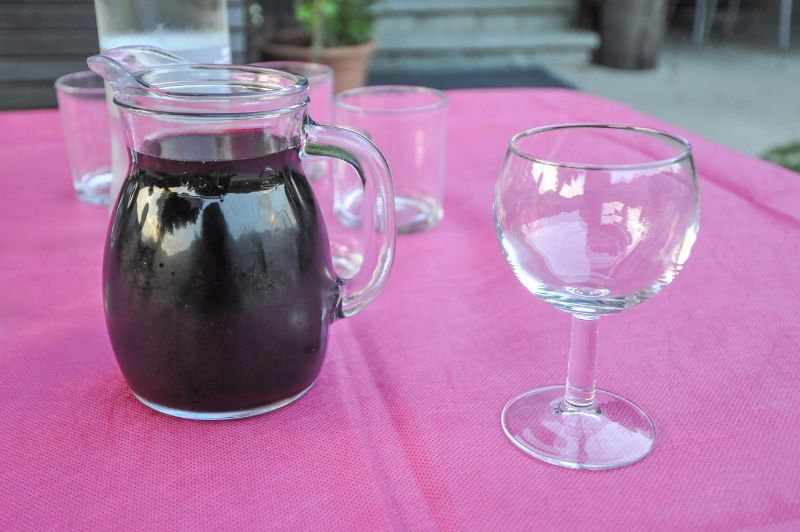
Instead of ordering by the glass, many French diners quietly request a quart (25cl) or demi (50cl) in a carafe. It’s cheaper than two glasses, fresher than bottles sitting open, and makes you look like you know the system.
You’ll rarely see locals sipping a single €8 glass when a pichet costs €10 for twice the amount.
Supermarkets Are Wine Treasure Hunts
Step into a Carrefour or Intermarché and you’ll see aisles stacked with bottles under €10. Many are from nearby regions, with labels that never leave France.
The French often stock up during the September Foire aux Vins, when supermarkets slash prices on good vintages. For travelers in apartments or Airbnbs, this is the secret to drinking well without spending much.
Wine Isn’t at Every Meal
Despite the image, many French families don’t drink wine daily. In cities, especially among younger generations, water and sparkling drinks often replace it.
Beer has grown in popularity, and in Brittany or Normandy, cider is as common as a Bordeaux.
Tourists may be the only ones drinking wine every single lunch and dinner.
The French Don’t Toast Every Sip
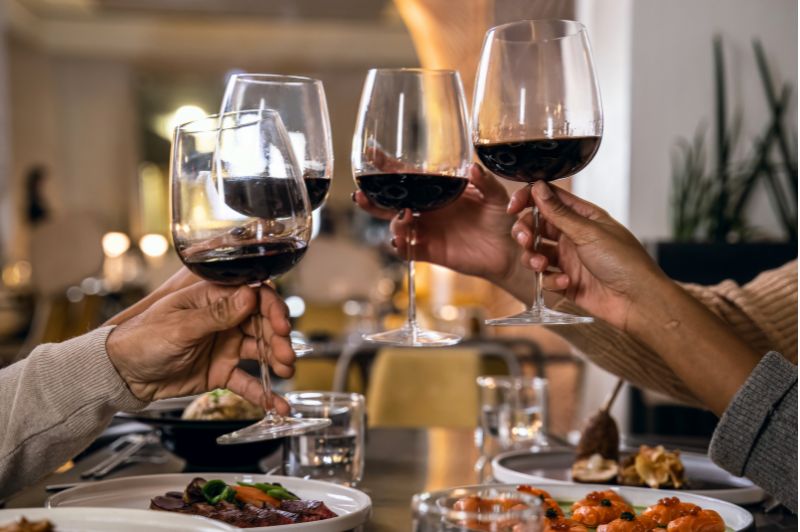
You won’t hear endless clinking of glasses at a French dinner. A single santé at the start is enough.
In some regions, it’s considered bad luck to cross glasses while toasting, and putting your glass down without drinking after a cheers is a faux pas. The ritual is subtle.
Rosé Is a Summer Institution
From late May through August, rosé becomes the drink of choice on terraces and at seaside cafés. Usually pale pink, chilled, and poured into plain glasses, it’s not about prestige but refreshment.
In Provence, ordering anything else on a hot afternoon almost marks you as a foreigner.
Driving Laws Keep It in Check
The French are relaxed about a lunchtime glass, but the law is strict: the limit is 0.5 g/L of blood alcohol – lower than in the U.S. And random roadside checks are common.
That’s why the locals who order wine at lunch are usually taking the bus, walking back to the office, or lingering until evening.
Glass Shapes Aren’t Decoration
Restaurants often take glassware seriously. Burgundy reds appear in wide-bowled glasses, whites in slimmer ones, and sweet wines in smaller tulips.
It’s a matter of taste: the wrong glass can flatten a wine’s flavor, so even casual bistros tend to follow the tradition.
The Real Secret? Ask for Advice
Wine lists in France can look intimidating, with dozens of regions and unfamiliar appellations. The smartest move is not to guess but to ask.
A simple “Qu’est-ce que vous conseillez avec le plat du jour ?” will usually get you a thoughtful recommendation that costs far less than the flashy bottles.
***
Cover photo: Jorge Royan (CC BY-SA 3.0)

